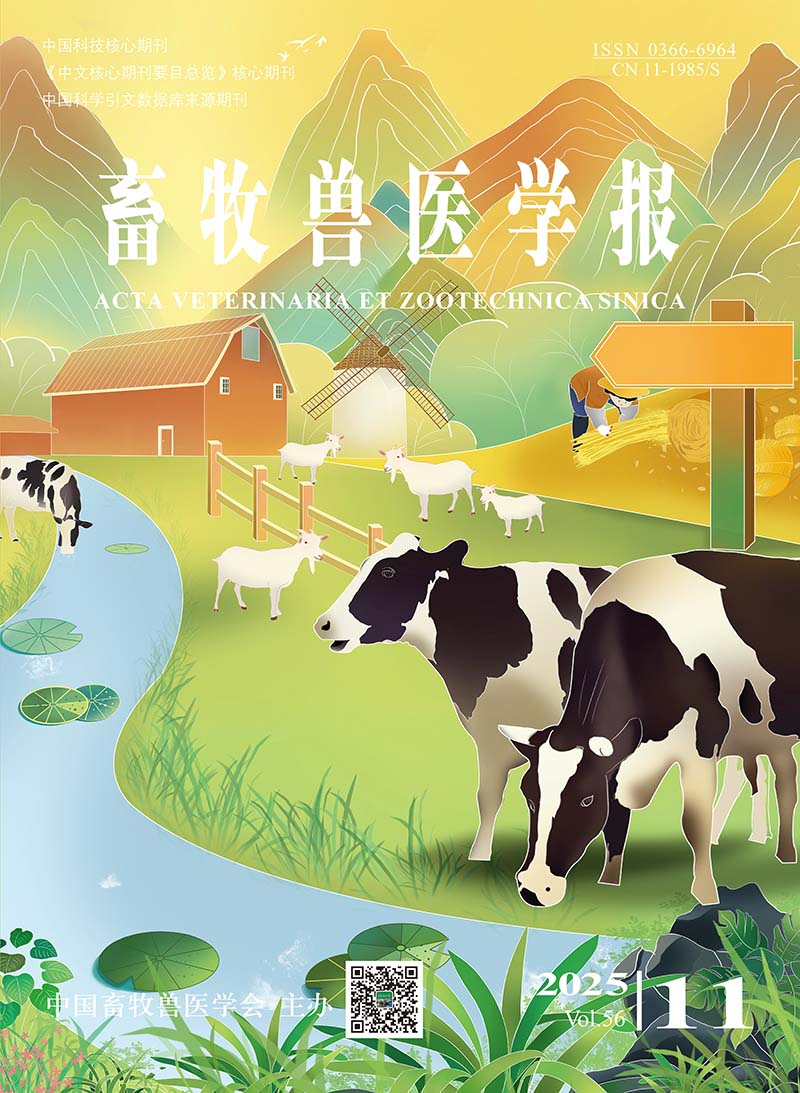This study aimed to investigate the effects of tannic acid added to the diet of weaned piglets on liver index, inflammatory response, antioxidant function, and related gene expression in weaned piglets under lipopolysaccharide stress. The trial was divided into two parts. In the first part, a number of 72 28-day-old ternary hybrid weaned piglets (Duroc×Landrace×Yorkshire) with similar weight and good health condition were randomly divided into 2 groups with 6 replicates each and 6 piglets per replicate. The basal diet feeding group was fed a basal diet, and the tannin feeding group was fed the basal diet supplemented with 1 000 mg·kg-1 tannic acid for 28 days. At the end of the first part of the experiment, twelve 56-day-old piglets with the body weight close to average weight were selected from the basal diet feeding group and the tannin feeding group, respectively, and then randomly divided into 4 groups of 6 piglets in each group. The piglets in control group (CON) and LPS stress group (LPS) were from the basal diet-feeding group of the first part of trial; The piglets in tannin group (TA) and the tannin+LPS group (TA+LPS) were from the tannin feeding group of the first part of trial. At 8 am of the day when the piglets are 56-day-old, the piglets in the LPS group and TA+LPS group were injected intraperitoneally with 1.5 mL of LPS at a concentration of 1 mg·mL-1, and piglets in CON and TA groups were injected intraperitoneally with 1.5 mL of normal saline. After 1.5 h of injection, piglets were slaughtered and sampled. The results showed that, LPS stress increased the liver index, enhanced serum aspartate aminotransferase (AST) and alanine aminotransferase (ALT) levels, decreased catalase (CAT) and total superoxide dismutase (T-SOD) activities in liver, and enhanced the mRNA levels of Kelch-1ike ECH-associated protein-1(Keap1), Toll-like receptor(TLR4), Myeloid differentiation factor 88(MyD88), Nod-like receptor protein 3(NLRP3), Interleukin-6(IL-6) and Tumor necrosis factor-α(TNF-α), reduced the mRNA levels of Nuclear factor erythroid2-related factor 2(Nrf2), NADH Quinone Oxidoreductase 1(NQO1), Manganese superoxide dismutase(Mn-SOD) and Catalase(CAT) of liver in piglets (P < 0.05). The addition of TA to the feed reduced the levels of AST and ALT in serum, increased the levels of CAT and T-SOD of liver, and significantly affect the contents of IL-6, IL-10 and TNF-α in liver, and down-regulated the mRNA levels of Keap1, TLR4, MyD88, NLRP3, IL-6 and TNF-α in liver, and up-regulated the mRNA levels of Nrf2、NQO1、Cu/Zn-SOD、Mn-SOD and CAT in liver of piglets (P < 0.05). Compared with the CON group, the decreased level of AST was displayed in serum of piglets in TA+LPS group (P < 0.05). Compared with the LPS group, the serum AST and ALT levels decreased in TA+LPS group, the contents of IL-6 and TNF-α reduced, the expression levels of genes Keap1, TLR4, IL-6 and TNF-α decreased, and the expression levels of Mn-SOD and CAT increased in liver of piglets (P < 0.05). In conclusion, under the circumstances of the current study, tannic acid can alleviate the liver stress damage state caused by LPS stress through improving the liver index, enhancing liver antioxidant capacity, inhibiting the secretion of liver inflammatory factors, and regulating the expression of genes related to Nrf2 signaling, TLR4 signaling and NLRP3 inflammasome signaling.






